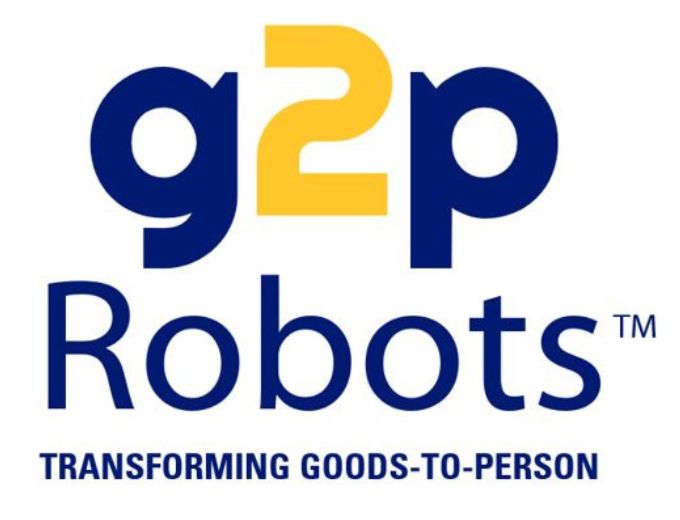As consumer expectations rise and delivery windows shrink, efficient warehouse operations are more critical than ever. One of the most effective ways to enhance these operations is by adopting Goods to Person (GTP) systems. These systems revolutionize how warehouses manage inventory, process orders, and meet the demands of omnichannel logistics.
GTP systems offer numerous benefits, such as reducing labor costs, improving accuracy, and speeding up fulfillment processes. By leveraging advanced robotics and automation, GTP can significantly accelerate throughput, ensuring that warehouses can keep up with the rapid pace of e-commerce.
This article will explore how GTP systems can accelerate throughput and support seamless omnichannel logistics, making warehouse operations more efficient and effective.
Understanding Goods to Person (GTP) Systems
Goods-to-person (GTP) systems are advanced warehouse automation solutions that bring items directly to the worker, eliminating the need for manual item retrieval. In a GTP system, robots or automated shuttles transport goods from storage locations to picking stations, where workers can quickly and efficiently pick and pack orders.
These systems integrate sophisticated software and robotics to manage and optimize the storage, retrieval, and transportation of goods within the warehouse. By doing so, GTP systems enhance the speed and accuracy of order fulfillment, reduce labor costs, and improve overall operational efficiency.
GTP systems play a pivotal role in modern warehouse automation. They enable warehouses to handle high volumes of orders with greater speed and precision, meeting the increasing demands of e-commerce. GTP systems also provide flexibility to adapt to different product types and storage configurations, making them a versatile solution for various warehouse needs.
For more on the benefits of GTP systems, check out our article 10 Ways Goods-to-Person Robots Help Alleviate Labor Issues in Warehousing.
Enhancing Throughput Acceleration with GTP
GTP systems significantly enhance throughput by streamlining order picking and packing processes. Traditional methods often involve workers walking long distances to locate and retrieve items, which is time-consuming and inefficient. GTP systems eliminate this by automating retrieval and bringing items directly to the picking station.
A warehouse using GTP can dramatically reduce order processing time. With robots handling the movement of goods, workers can focus solely on picking and packing, resulting in faster order completion. This efficiency boost leads to increased throughput, allowing warehouses to process more orders in less time.
Real-world examples of throughput acceleration can be seen in warehouses implementing GTP systems. These warehouses report significant improvements in their operational metrics, such as reduced order cycle times and higher order accuracy rates. Major e-commerce retailers using GTP report substantial increases in order processing speed, demonstrating the system’s impact on supply chain efficiency.
By integrating GTP systems, warehouses can achieve remarkable gains in automation, throughput acceleration, and supply chain efficiency, positioning themselves to meet growing demands.
Driving Omnichannel Logistics with GTP
Omnichannel logistics refers to integrating and coordinating various channels, such as online, in-store, and mobile, to provide a seamless shopping experience for customers. In the e-commerce landscape, omnichannel logistics is crucial for meeting customer expectations of fast and accurate deliveries, regardless of the purchase platform.
GTP systems support seamless omnichannel logistics by enhancing inventory management and order processing. With GTP, warehouses can maintain accurate and real-time inventory levels, ensuring products are available across all sales channels. This system also allows for efficient order processing, as items are quickly retrieved and packed, reducing the time taken from order placement to delivery.
The impact of GTP on fulfillment speed and operational efficiency is significant. By automating the retrieval and transportation of goods, GTP systems reduce manual labor and the associated errors, leading to faster fulfillment times. This efficiency ensures that orders are processed quickly and accurately, enhancing customer satisfaction and loyalty.
Benefits of GTP for Warehouse Operations
The key benefits of GTP systems include:
- Efficiency: By automating the retrieval process, GTP systems significantly reduce the time and effort required for order picking and packing, leading to faster throughput and improved overall efficiency.
- Flexibility: GTP systems easily adapt to changing demands in e-commerce logistics. Whether dealing with seasonal spikes or expanding product lines, they can seamlessly handle various storage configurations and product types.
- Cost Savings: In the long term, GTP systems offer considerable savings by reducing labor costs and minimizing errors. The improved accuracy in inventory management also leads to fewer stockouts and overstock situations, further reducing costs.
- Accuracy: Automated systems ensure higher accuracy in order fulfillment, reducing the chances of mistakes and returns. This accuracy is crucial for maintaining customer satisfaction and trust.
Conclusion
In today’s fast-paced shipping environment, warehouse operations managers and directors who want to enhance their logistics strategies should adopt goods-to-person (GTP) systems. GTP systems accelerate throughput and support seamless omnichannel logistics, improving operational efficiency and fulfillment speed.
By integrating GTP systems, warehouses can enjoy increased efficiency, more flexibility, cost savings, and better accuracy. These advantages position warehouses to meet the ever-growing demands of e-commerce and maintain a competitive edge.
For more information on how GTP systems can revolutionize your warehouse operations, explore our range of innovative GTP solutions. Contact us for a consultation on optimizing your warehouse automation and logistics strategies.

